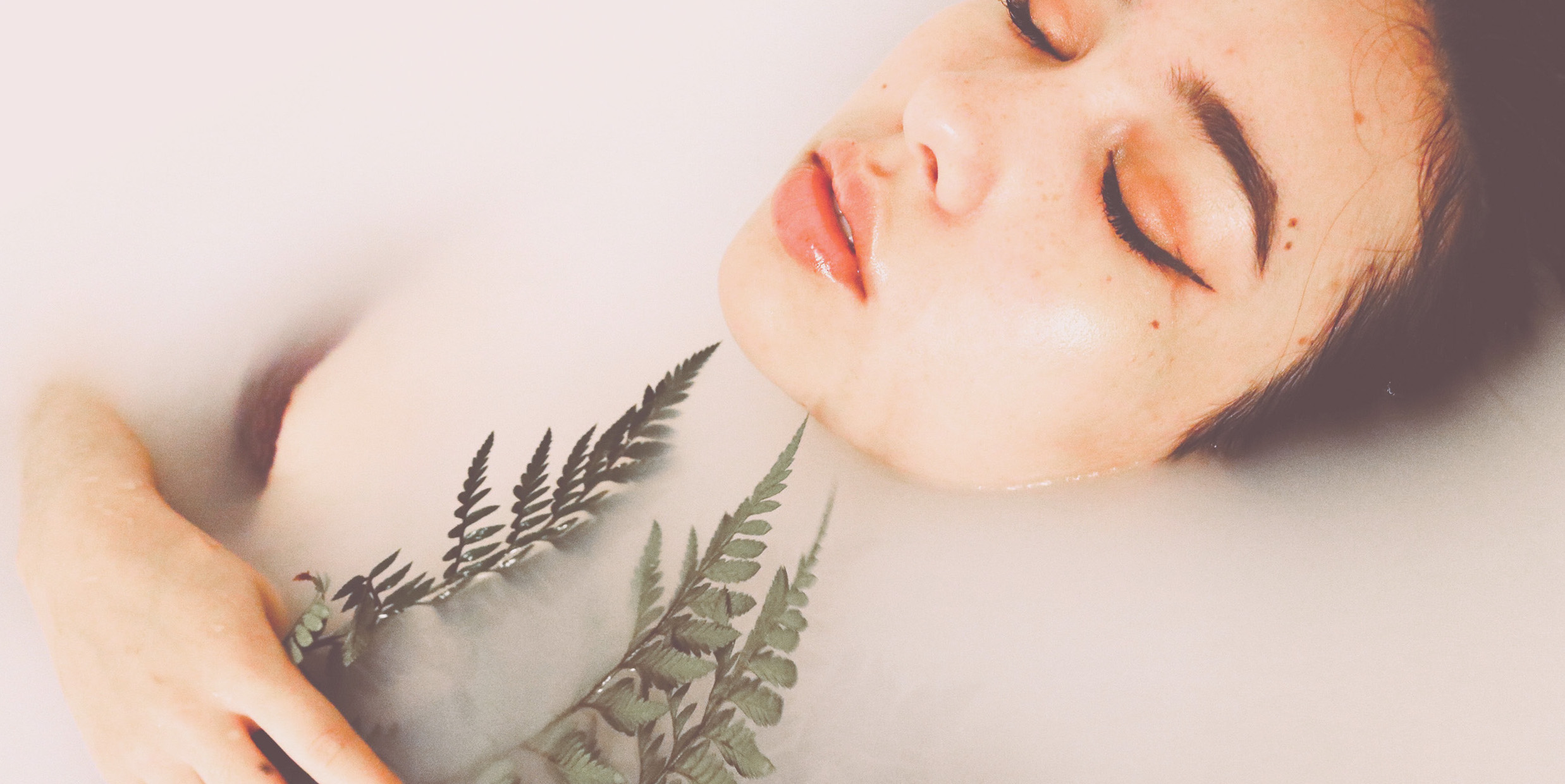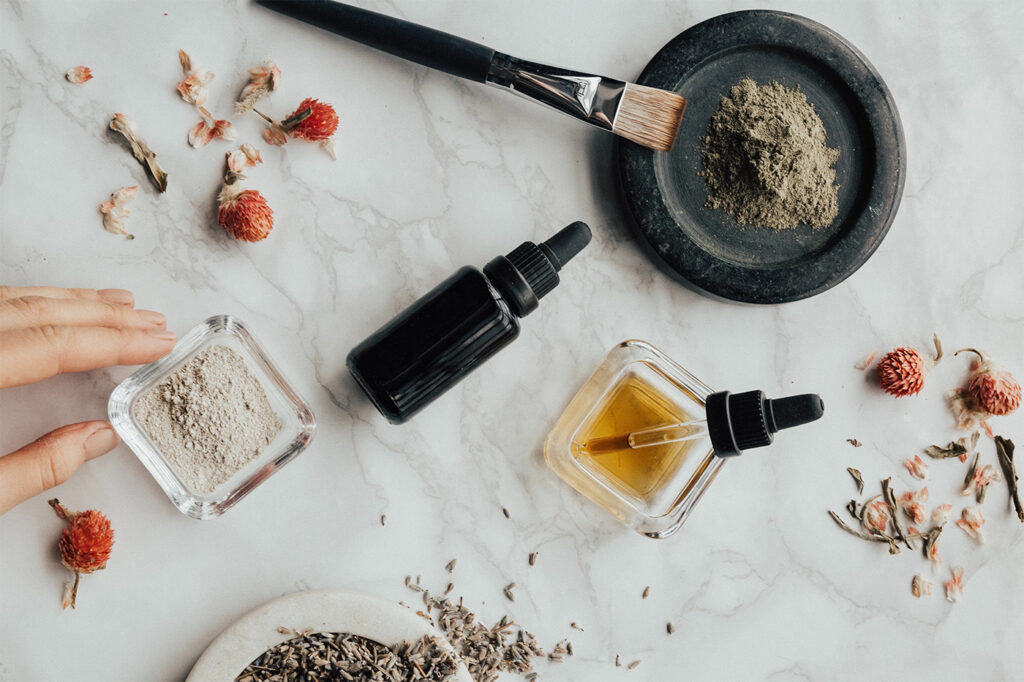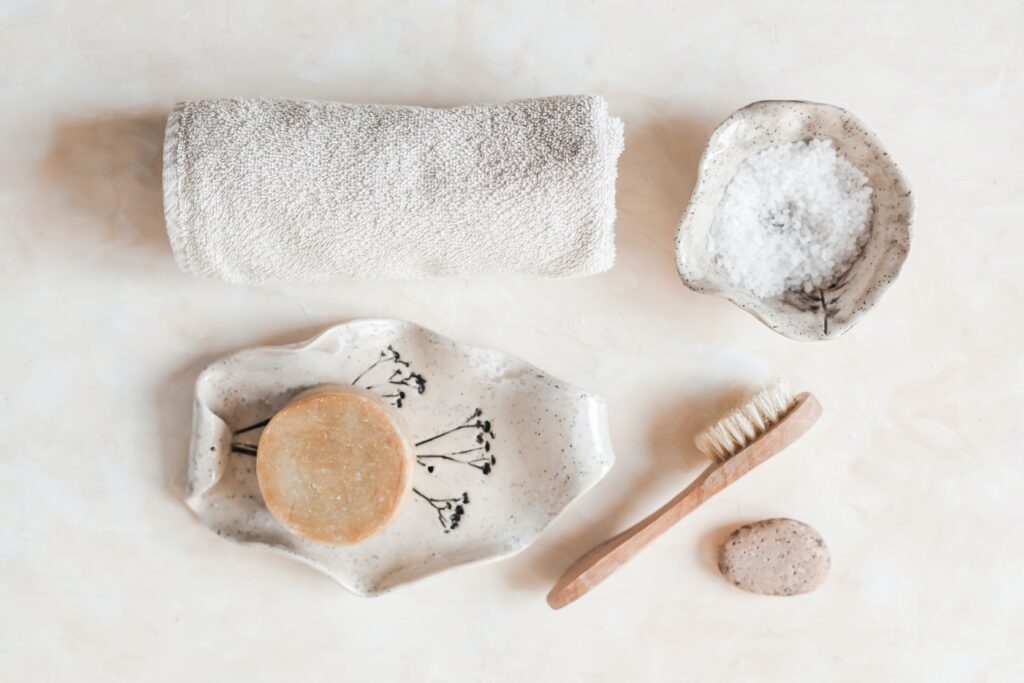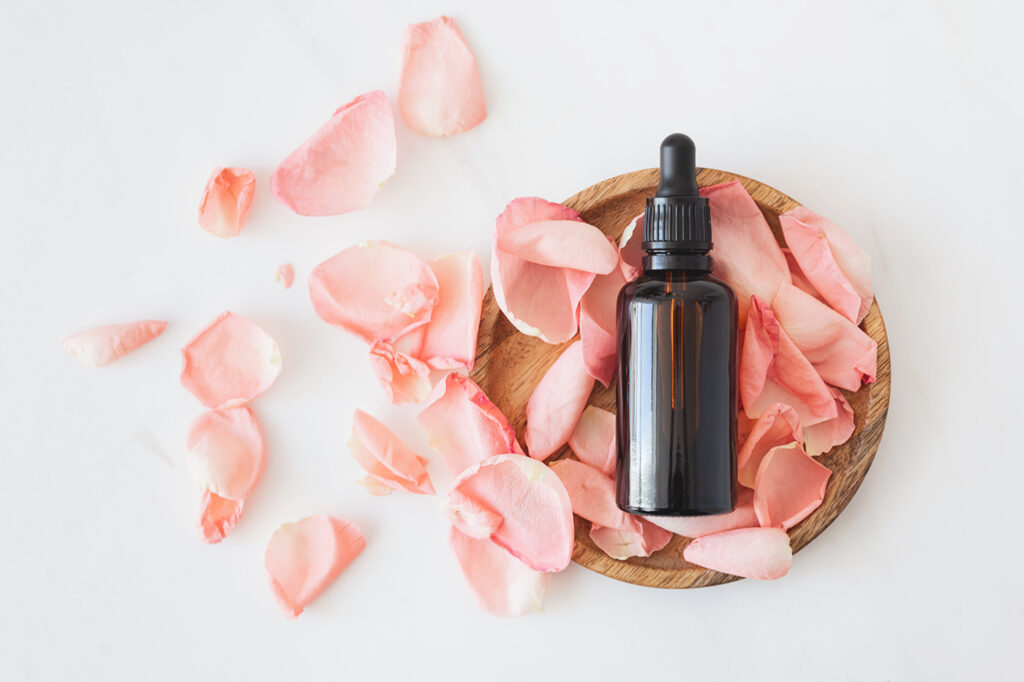A niche, sustainable trend. How far has the industry come?
From the latest ingredients to ethical values, it is interesting to see how the beauty industry has transformed its products to reduce environmental impact. A niche trend for sustainable beauty that is driving change with Millennials and Gen Z.
Clean Beauty; what is the niche trend for sustainable beauty.
So much has changed this year with the Covid-19 pandemic. Our sensitivity to different issues has increased, paving the way for new beauty trends as well. The search for safety has led beauty toward the safe beauty category. Consumers are becoming more careful, more sensitive. There is a need for greater awareness and research towards products. It is the concern for health that leads to reasoning on the possible effects of ingredients on an environmental, ethical, and social level. This leads to a desire for quality for psycho-physical well-being.
Année de Mamiel explains: “Definitions such as “chemical-free” make no sense, as all ingredients are chemical, natural or synthetic”.
In fact, it seems that the niche trend for sustainable beauty is not considering the term “natural” as appropriate. Instead, “free of irritating agents” will be the new standard of natural beauty.
Birth
The market for organic products in beauty is soaring, according to the 2019 report from the British Soil Association Certification. Just consider that only last year COSMOS certification reached 794 brands.
The demand for clean, essential ingredients comes from consumers’ obsession with wellness and detox. Another very important reason is the fact that there are more and more people with very sensitive skin. It stems from increasing exposure to stress and pollution. According to research by the Environmental Working Group, women expose themselves to an average of 126 chemicals every day because of the products they use.
Buchanan explains that “Sensitive skin is the most discussed topic today, long before anti-aging products. And that’s why there’s a clear trend toward skincare based on natural, wholesome ingredients”.
The principles of Clean Beauty
There are two characteristics of clean beauty; clean ingredients and transparent labels. For example, the Good Face Index looks at hundreds of thousands of studies on cosmetic ingredients to evolve them into easy-to-understand ratings. The clearest interpretation is that a product is only as clean as its worst ingredient.
Very often there is a lack of transparency in the beauty industry, especially in labels. One example is greenwashing. It means that consumers tend to believe that a product is green through the false message that the products are good for the environment. How is this legal? Unfortunately, the possibility for labels to be misleading and not placed under rules is real. Companies, therefore, have full and creative control over the organic nature of products. At least from a communication standpoint.
Clean beauty doesn’t want to look like something it is not, just as it doesn’t want to hide ingredients.
Misconceptions about clean beauty
Does the niche trend for sustainable beauty have to be all-natural? The answer is no. Science has evolved to include safe synthetics and artificial ingredients. Also because it is important to note that all cosmetics must maintain formula stability. And they do this through synthetic elements.
Also, does clean beauty have to be organic? No, not necessarily. It can be but it is not a requirement. However, you have to be sure that the ingredients are safe, regardless of being organic or not.
The difference between natural and organic products
Swift is very clear; “Natural products contain ingredients extracted from plants and found in nature, and are only minimally processed”. Organic ones, on the other hand, he describes as “natural products, but at a higher level. They are made with GMO-free ingredients that have been grown, harvested, produced, and stored without the use of chemical herbicides, pesticides, fungicides, or antibiotics. But organic farming and processing have higher costs, which affect the final products”. Ingredients that retain properties should be chosen; not fractionated ingredients.
Definitely better to avoid products labeled “derived from” because the starting ingredient is natural but is then processed. In theory, according to Swift, you should also avoid water. “It can cause a product to become unstable and has a tendency to generate bacteria very quickly. And that’s why you then have to use preservatives and emulsifiers to combine oil and water, which, as we all know, don’t mix naturally”.
What ingredients does the niche trend for sustainable beauty reject?
Unfortunately, there are no peremptory worldwide regulations to define a toxic ingredient. However, clean beauty has structured rules. The key points concern synthetic chemicals and harsh ingredients.
Brands like Drunk Elephant have removed suspect ingredients. Eliminated long ago are artificial dyes as they make the skin more sensitive. Silicones and mineral oils have the problem of closing pores. Parabens are unknown because of the links found between them and breast cancer.
The strategy always starts with correct information regarding which ingredients are avoidable. Instead, concentration is not always important; their clinically proven level is more relevant.
While there are many alternatives such as the “cryo-marine” mix inspired by cryotherapy containing red algae. Then there is the new retinol, to be used even during pregnancy; Bakuchiol.
Impact on the environment VS niche trend for sustainable beauty
Data collected from an annual campaign by Zero Waste Week shows how 120 billion packages are made for cosmetics, most of which are not recyclable. The challenge is great and even brands like Tata Harper, the Green Queen, admit it. In fact, even for her, eco-packaging can be problematic. She states: “Most of our packaging is made of glass, a highly recyclable material. The plastic we use is necessary for the packaging to work and is as eco-friendly as possible. The plastic resin in our tubes is a corn derivative. We also use soy-based ink for the printed parts”.
Also of interest is the focus on certain ingredients such as Isoamyl cocoate, found in sugar cane and coconut oil. Such an element can be produced while saving 60% energy and CO2, giving a light and emollient texture.
To enter the world of a niche trend for sustainable beauty PAY ATTENTION TO
Learn to read labels and ingredients according to nomenclature (INCI); the concept must be less is more. Few specific ingredients are needed to get the best results; also be aware that you have to avoid products with harmful substances.
Also, be careful to support cruelty-free standards and possibly even make a more radical choice such as selecting only vegan products. The difference is that cruelty-free does not test on animals but it is possible that the product has ingredients of animal origin.
We need care and attention to biodegradable and eco-sustainable packaging. Choosing recyclable materials should be a must, not optional.
The standard of clean beauty
It’s totally wrong to assume that clean formulations aren’t also beautiful; that’s not to say they aren’t satisfactory in terms of texture, results, or stability.
The real question though is: why is it that clean beauty products are not advertised as much as others? This is because of the vision based on authenticity and the desire to make a difference. Advertising such products would mean being more transparent about ingredients and production.
So how to choose a safe beauty product if not very famous? Relying on a search for truth, always choosing brands that indicate the origin of the ingredients and the real final impact of the products. Another method is to look for someone who values natural ingredients and effectiveness with scientific support. Again, look for delicate formulas with adaptogenic plant extracts, which means increasing the body’s ability to adapt to environmental factors. We must also look for certifications and find a brand that combines nature and biotechnology while safeguarding the planet and its species.
Did you know?
It is taken for granted that the skin is the largest organ in the body and absorbs 60% of what is applied to it. So what are the steps to follow to cleanse the skin?
First, you need to clean out your beauty case and then change and freshen up your beauty routine.
- Less is more. New to this world? Then let’s start with products that respect the clean beauty routine. We replace one product at a time, starting with the face.
2. Eliminate products that have been open for more than 9/12 months.
3. Don’t rely exclusively on a product’s image. Look for transparency!
Clean.Is.Cool and the market grows with this basic idea.










